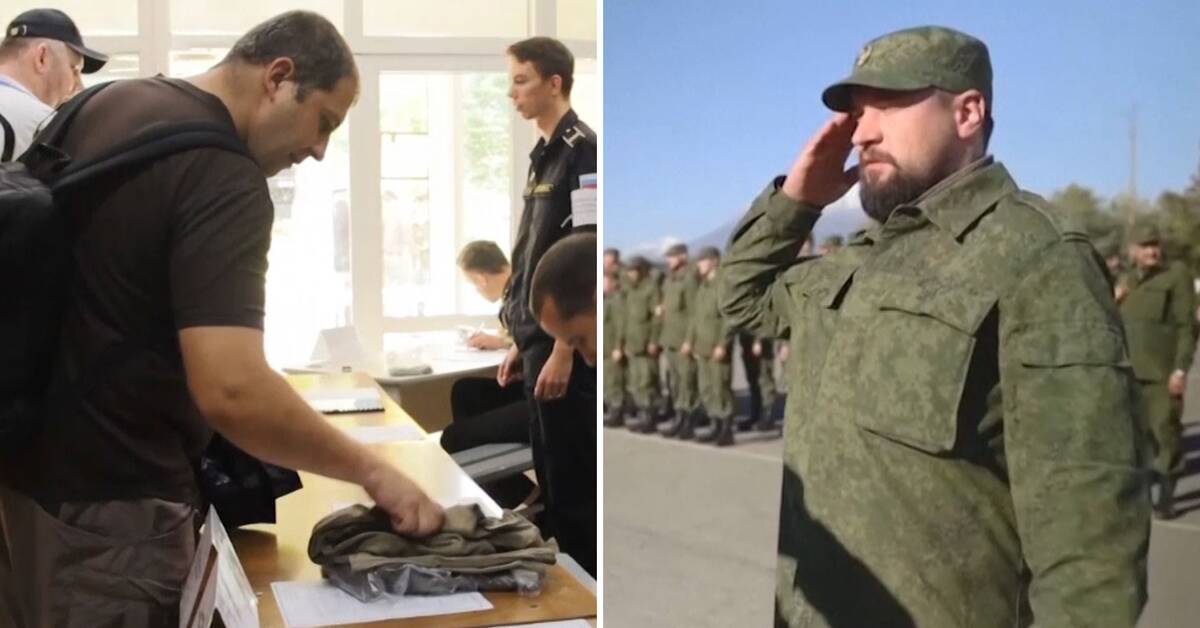Clips published by the Russian Defense Ministry show new soldiers neatly lined up to receive weapons.
From elsewhere, there are testimonies of people being pulled from their homes in the middle of the night – regardless of medical history, age or military experience.
Activists and human rights organizations also warn that the mobilization seems to be aimed particularly at ethnic minorities.
The alarms come from, among other things, the sub-republic of Buryatia, where large parts of the population belong to the Buryat minority group.
- There is nothing partial about the mobilization in Buryatia.
They all take, says Alexandra Garmazhapova to the Reuters news agency.
Garmazhapova is the president of the Free Buryatia foundation, which assists people who have been forcibly recruited with legal support.
Clips spread on drunken soldiers
According to SVT's Russia correspondent Bert Sundström, a concern about the development is clearly felt in Moscow.
- There is no enthusiasm from the population to send their husbands and sons to fight in Ukraine where the risk of being killed is quite high, Sundström said in Aktuellt on Thursday evening.
That the willingness to fight is low can also be seen in the tone of voice in social media.
Since the mobilization began, several clips that are said to show soldiers arguing and acting drunk in connection with the muster have been widely circulated.
The Washington Post newspaper has tried to verify the content of the clips without success.
Up to one million can be called in
Exactly how many reservists will be called up during the mobilization is still unclear.
In connection with Putin's order, 300,000 was the figure communicated by the Russian defense minister, but according to information provided to the independent Russian newspaper Novaya Gazeta, the decree gives the military the power to call up up to one million.
However, according to the Russian Ministry of Defense, employees deemed to play a key role in the Russian economy will be exempted.
This includes, among other things, certain bank staff, IT engineers and journalists employed by state media.
See the Russian Ministry of Defense's own images from the mobilization in the clip above.

